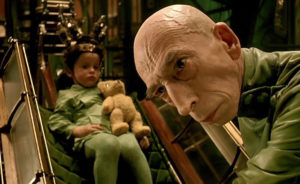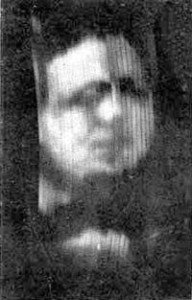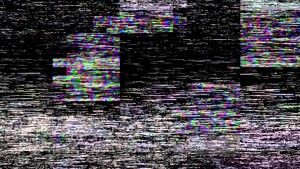Those who work in a certain way have to deal today with a running world where the phone does everything from photography to video, post-produces it, applies filters and uploads it to youtube. This is all fine if you stay in the mobile realm and see from the same the finished footage, whereas if not, many complications may arise.
I am a proponent of the convenience of using any means possible to accomplish our purpose, but it is important to know the medium well, its limitations and how to handle them. Modern cell phone cameras (from 5-6 years ago) can capture video with very good quality, it is just a matter of not neutering their capabilities, the same thing happens with many cheap cameras.
Myth 1: but I am seeing it well here on the cell phone
Most tablets and cell phones rework images such as contrast and color to make them “prettier,” often saturating colors according to brands more red and blue, more orange and green, etc.
Some cell phones like my Z5 also apply some kind of realtime motion re-processing like some telvisors, so seeing a video on the cell phone means nothing about its quality
Myth 2: On the camera monitor you can see it well.
There is no camera that has a monitor that is adequate as a number of dots to the footage being captured, the footage is scaled and softened by the scaling, so you can’t really see the image for what it is at all, but only for what its translation is, plus most cameras you can change the color temperature, contrast, brightness of the monitor and so what we see is only distant relative to the original footage
Myth 3: It looks good on the monitor, it’s recorded well
except that if we are reviewing footage, most cameras show the through signal, not the recorded signal, so if there are recording or compression flaws we cannot see them until we review the material. There used to be professional cameras that allowed viewing with “deferred” so what you saw was actually the recorded, but today we see the through signal so the risk of not seeing defects or not realizing how poor the image is is very high. Also consider that even a cell phone has a more than decent sensor, but from there to what is recorded there is a gulf, for example my sony Z5 has a very good sensor, but it records very bad compressed jpgs, and in videos it applies (we don’t know why) a contrast mask on the fullHD footage that massacres monstrously the softness of the images and the real detail, you have to use external apps to record the real quality of that sensor otherwise you might get the impression that the images are low level.
Myth 4: why do you have to take up so much space with movies in xyz codec, h264 looks good, actually better h265 so it takes up less space.
very compressed formats like h264 and h265 have so many limitations, the more compressed they are the less detail they record, and the less you can process the movies. If you don’t have to do color correction, if you directly edit the footage without doing anything, maybe you can use a very compressed format, but as soon as you have to do a minimum of post, the inconsistency between frames of compressed formats shows its limitations, if I have to lower the brightness of a sky I will see blocks of colored cubes appear, because the codec expected to see those details, if we try to open the shadows a little we will see many elements moving in the shadows, not as grain, but as blocks changing shape, from green color to magenta, preventing such processing.
The compressed format also has nefarious effects on movement, if we are shooting very detailed images, such as trees with moving foliage, water, a meadow, a girl’s hair in the wind, if we exceed the limits of the capture buffer we can see compression artifacts in the moving elements.
Myth 5: Why do I have to use log, protune, these footage getting ugly and then make it right, better to capture it right now
Log capture is a way to capture better and preserve all the information in the footage, if you have to do postproduction of the footage the log will make the brighter highlights burn less, and there will be more detail in the shadows.
It’s not a matter of capturing badly to see well, it’s capturing as well as possible to extract as much information cleanly from the image that has its limitations. For this reason they are introducing logging even in less expensive cameras, and in some cell phones, for example iPhones from 7 onwards with the Filmic Pro app you can use the log profile to capture better information.
Usually those who complain about this type of capture have never had to deal with postproduction in a serious way and therefore have not seen what the limits of manipulating compressed footage and/or without a capture log curve are.
Myth 6: On my television set, this file looks better
proportional to the first myth, but more extensive, so much so that I devoted an entire article to it…. The amount of processing that a modern TV performs is so extensive that it requires much explanation as to why each TV is different and more or less destructive on images.



